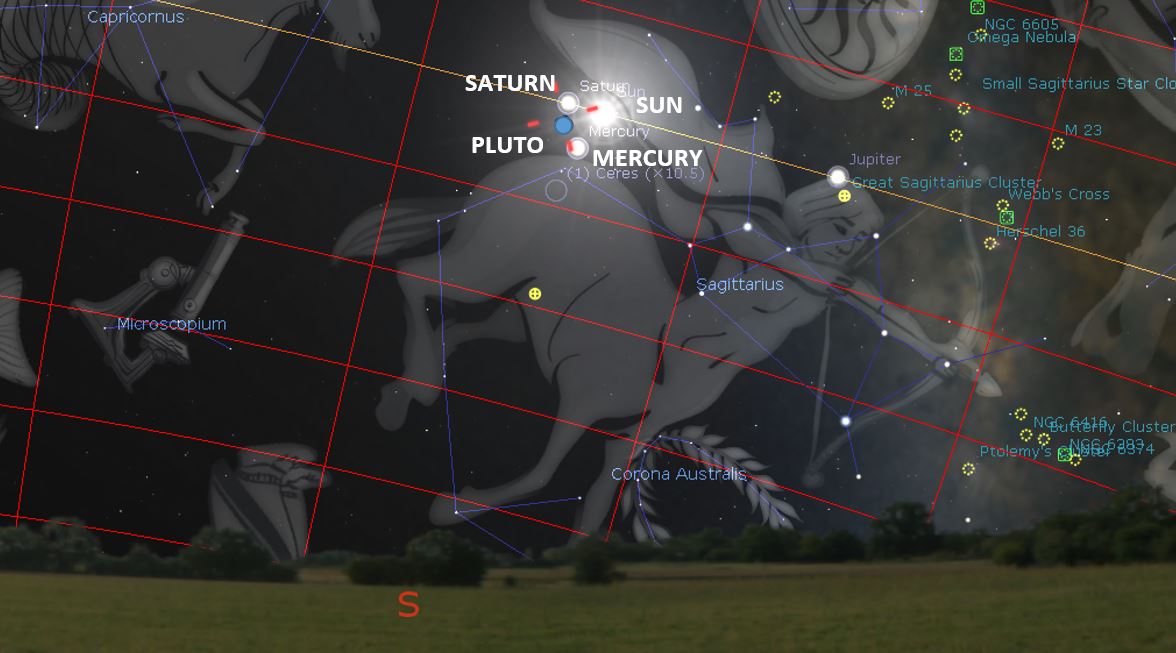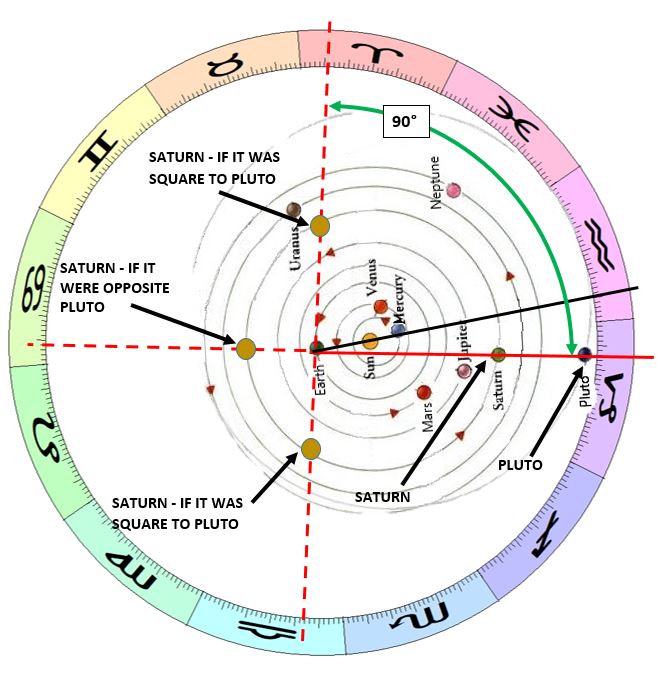Astrology is generally based on the position of planets in our sky relative to one another. This is called Geocentric. Heliocentric, Helios being Greek for the Sun, is the planetary position relative to the Sun. There are a small group of astrologers who do use this, but a majority use Geocentric. Why? Because you look at life from your own eyes.
Around four thousand years ago, astrologers looked at planetary positions in the sky relative to each other and at the constellations’ backdrop. Just over two thousand years ago, astrologers set up a system that we are currently using. To understand this, you must return to junior high school trigonometry. A circle has 360 degrees; if you divide that circle by 12, you have an equal 30° per section. Now, those 30° sections lined up on average with the star clusters called the Zodiac, with some being larger and some being smaller, but they average around 30°.
In the West, we tend to follow the Tropical Zodiac. This means that we locked the “constellations” to the seasons. So Aries is always the beginning of spring, Cancer is the beginning of summer, Libra is the beginning of fall, and Capricorn is the beginning of winter. The one thing that is consistent between the two systems is the planets are in the same positions relative to each other.
For example, If you were born on March 22 in Tropical, you would be an Aries, but in Sidereal, you would be Pisces. The sidereal position of the equinox changes by roughly 1° every 72 years. So, in about 140 years, a person born on March 22 would still be an Aries using the tropical system, but they will be an Aquarius in the Sidereal system. However, in June 2048, Jupiter in Gemini will be square Pluto in Pisces, but in Sidereal, they are in Taurus and Aquarius, respectively, but still squaring each other.
Now that we got that out of the way, we can talk about what do with conjunctions, squares, and oppositions mentioned in the Saturn Pluto article: www.soulbodyca.ca/the-saturn-pluto-cycle.
The picture below shows the sky on January 27, 2020, and how the Sun, Mercury, Saturn, and Pluto were all conjoined. It was daytime, but the sky was darkened for visibility. While in tropical, we are saying those planets are in Capricorn. You can see the constellation behind the planets is actually Sagittarius.

An Example of a Conjunction
This illustration below will show you the rough position of the planets of the January 2020 conjunction of Saturn and Pluto relative to the tropical horoscope. Earth would be the centre of the chart, and we are looking out from there. Also, I have shown the position Saturn if it was squaring Pluto on this diagram. As you can see, they are at 90° from one another. Also shown is what planetary positions would look like if Saturn was opposite Pluto.

Understanding Astrology
This article aimed to quickly explain concepts of conjunction (conjoined), squares, and oppositions and how they look astrologically and astronomically. These are the difficult dynamics in astrology as opposed to the 60° (sextile) and 120° (trine), which are more beneficial aspects. Obviously, many of study this for years and it takes practice, but at least you have a better idea of what goes behind it other than you are an Aries.
Book a reading with Franco!
Contact Franco for an appointment!
